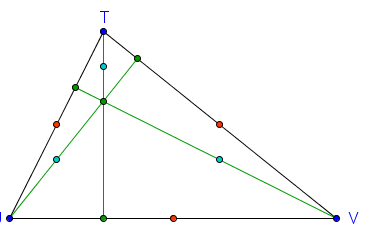Photoshop seminar and the new banner
I recently attended a 2-day in-house seminar on Photoshop CS2 (we don’t have a CS5 yet), and the banner above is one of my outputs (with the help of the facilitators of course).
I also would like to acknowledge Steve Jurvetson for his Internet Splat Map used at the left side of the banner.
If you want to request banner designs or other art works, you can email me at mathandmultimedia@gmail.com, and I will refer you to our artists.
